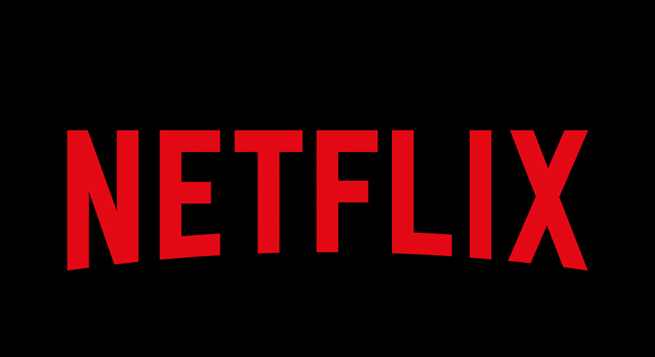Netflix Inc. is now eager to tap the South Indian market for films and TV shows in a bid to boost its subscriber base. It has a range of Indian films across various regions to showcase but for TV series — key to keeping viewers loyal to its platform — it only has a few hit shows in Hindi and no TV shows at all in regional languages.
The US company has greenlighted at least six TV shows in southern Indian languages this year, aggressively chasing deals in Tollywood as the Telugu film and TV industry is known, as well as in the Tamil film and TV industry, six people with knowledge of the company’s plans told Reuters, which put together a report with inputs from reporters in Mumbai and Bengaluru.
As prolific as Hindi-language Bollywood and known for flashy, action-packed content, the South Indian film industry is doing extremely well of late, dominating India’s box office revenue so far this year.
Netflix has “had meetings with pretty much every producer and filmmaker here. You will see the results of those meetings by next year,” one of the people, a Tollywood producer, said. All sources spoke on condition of anonymity, fearing loss of work opportunities.
Netflix has long positioned India, with its population of 1.4 billion, as a key market. In 2018, two years after it launched in the country, CEO Reed Hastings predicted its next 100 million subscribers would come from India. But so far it has just 5-6 million, according to analysts’ estimates.
By Hastings’s own admission, Netflix has been frustrated by its lack of success in India relative to its other markets. This new push south also comes at a time when the search for growth has taken on new urgency.
The streaming giant stunned investors last month when it reported a quarterly net loss of subscribers globally for the first time in more than a decade, and predicted deeper losses ahead.
In India, Netflix outperforms rivals in terms of revenue share of the subscription video-on-demand market, commanding 39 percent share in 2021 compared to nearest rival Disney Plus Hotstar’s 23 percent, according to Media Partners Asia.
But analysts say its subscriber base is too small for comfort. Next to Netflix’s 5-6 million, Disney Plus Hotstar, which owns cricket streaming rights, has about 50 million. Local rival Zee5 has an estimated 20 million and analysts also gauge Amazon Prime and SonyLIV’s subscriber figures to be well above Netflix’s numbers.
India’s market potential “can’t be understated,” says Julia Alexander, director of strategy at U.S.-based Parrot Analytics.
“If Netflix doesn’t try to capitalize on it by creating stronger relationships with local creatives, local studios/production companies, and carving out a real place for itself in India, someone else will,” she said.
Asked by Reuters about criticism of its performance in India and its push into regional languages, Netflix said in a statement it was confident of what it called a “long-term winning strategy in India”.
“India continues to represent a tremendous opportunity for Netflix to invest and grow, both in terms of membership and the variety of content we offer to our members,” it said.
Netflix’s brand as a premium service may make it reluctant to cut prices further but that means its best, if not only, path to significant subscriber growth is expanding its slate of TV shows, analysts say.
 TRAI revamps website to connect with wider audience
TRAI revamps website to connect with wider audience  Prime Video to limit in India number of TV sets having access per subscription
Prime Video to limit in India number of TV sets having access per subscription 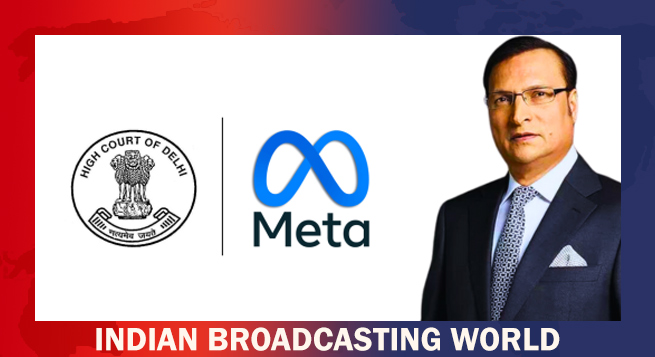 Delhi HC orders meta to remove deepfake videos of Rajat Sharma
Delhi HC orders meta to remove deepfake videos of Rajat Sharma 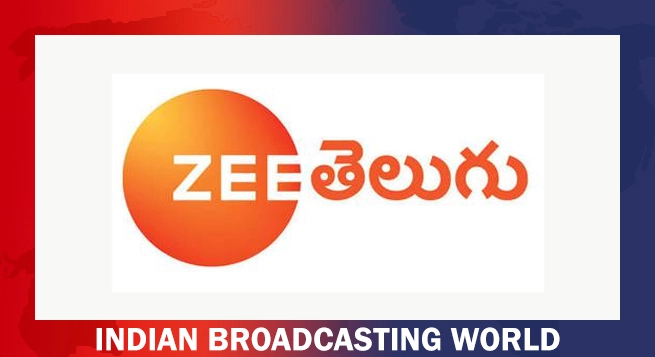 Zee Telugu wraps up 2024 with ‘Sa Re Ga Ma Pa Party’
Zee Telugu wraps up 2024 with ‘Sa Re Ga Ma Pa Party’ 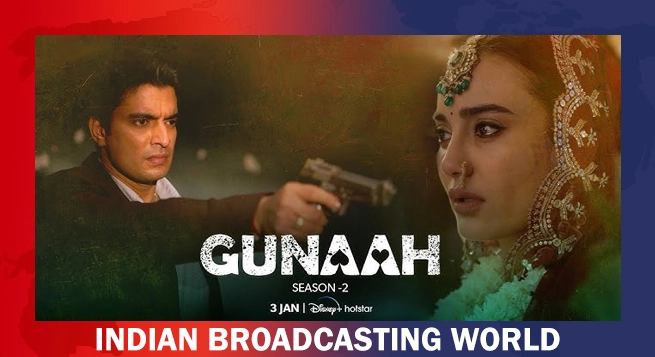 Disney+ Hotstar unveils ‘Gunaah’ S2 teaser
Disney+ Hotstar unveils ‘Gunaah’ S2 teaser  ‘The Secret of The Shiledars’ to premiere on Disney+ Hotstar Jan 31
‘The Secret of The Shiledars’ to premiere on Disney+ Hotstar Jan 31  ‘All We Imagine As Light’ to stream from Disney+ Hotstar on Jan 3
‘All We Imagine As Light’ to stream from Disney+ Hotstar on Jan 3 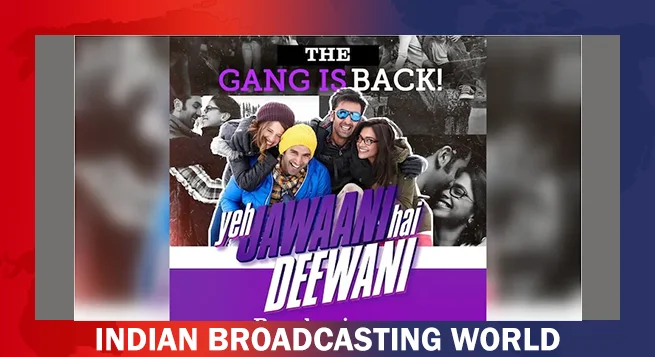 ‘Yeh Jawaani Hai Deewani’ returns to theatres Jan 3
‘Yeh Jawaani Hai Deewani’ returns to theatres Jan 3 


